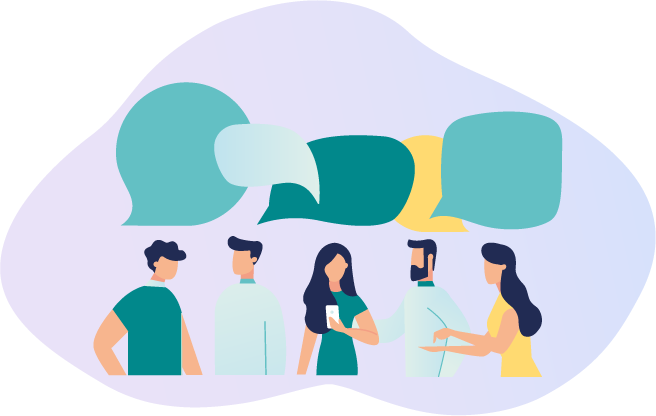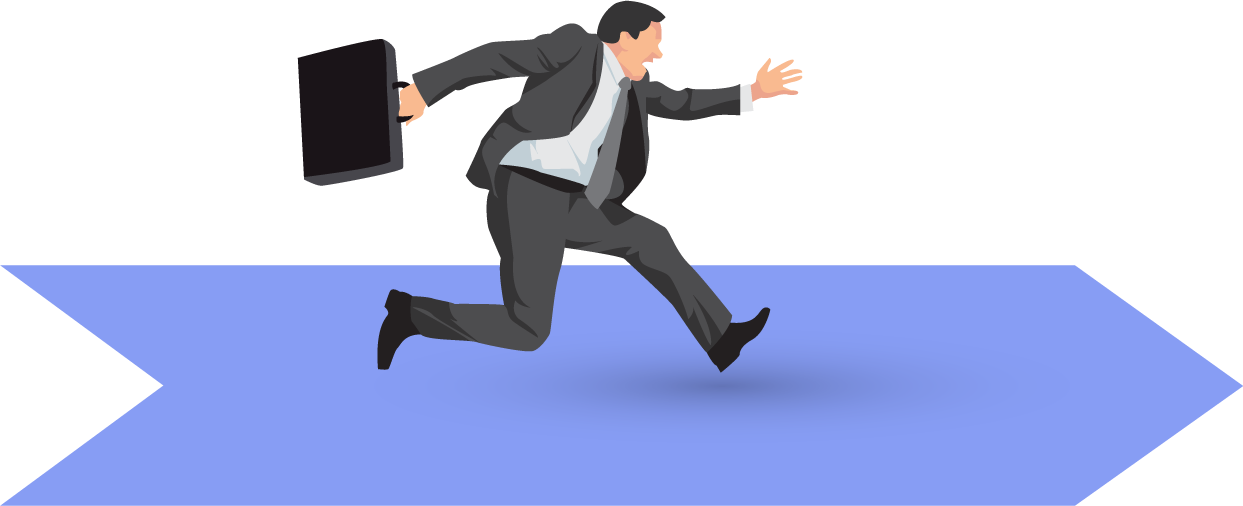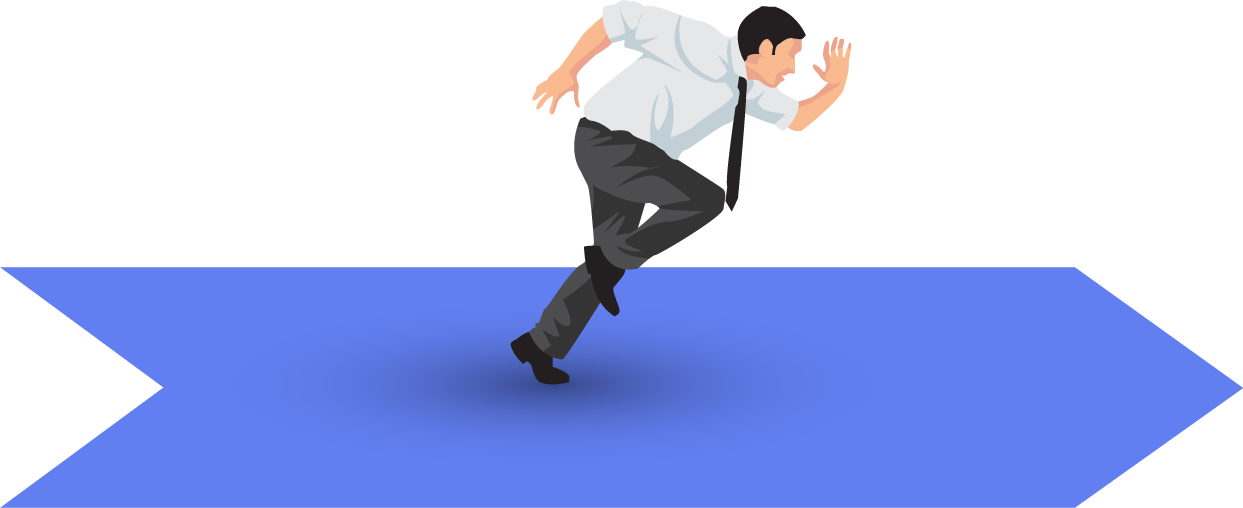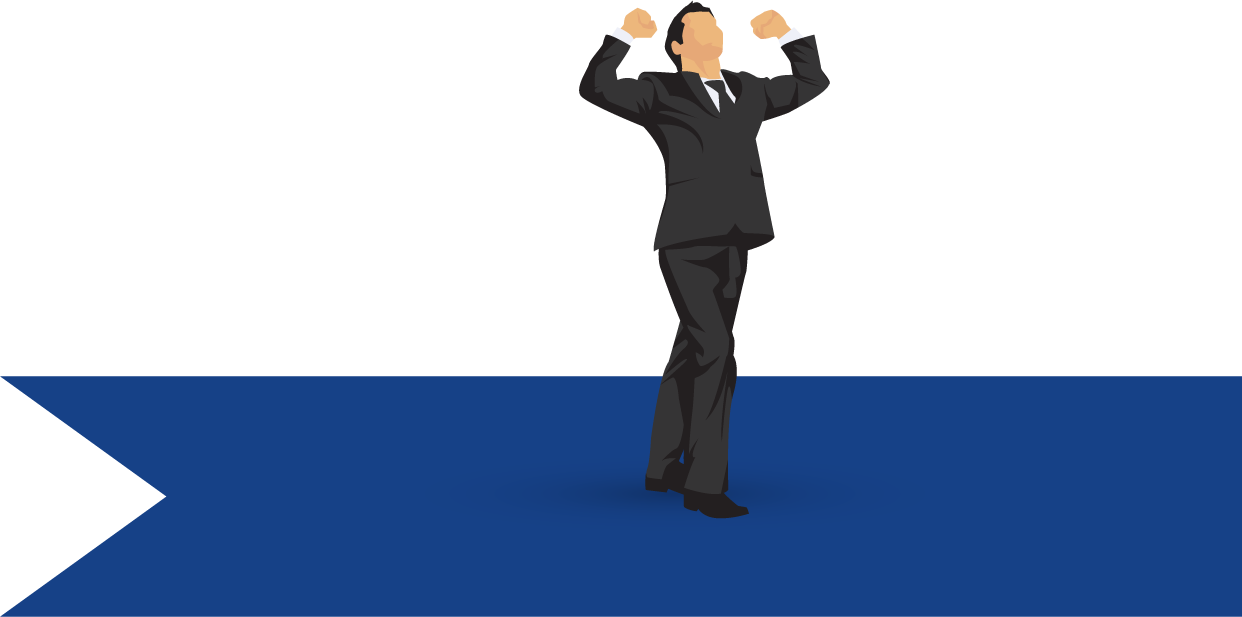Who's a UX Designer?
Ever shopped online and been amazed at how easy it is to sit in the comfort of your home, browse through products, pick the ones you want, and have them delivered to your doorstep? Conversely, have you been so frustrated with a website because it keeps making the supposedly easy task of online shopping difficult for you? Thanks to the advancements in technology, we have grown used to a hassle-free online experience. But, who ensures this experience? UX Designers!
UX Designers ensure that users coming onto a website have a seamless experience from start to finish. They work with web developers and tech experts to ensure that the website is easily accessible, the content and images are appealing and that overall, the user has no complaints or problems navigating the site. If you’re interested in understanding what makes users tick to provide them with a great online experience, this is just the career for you!
Want to pursue a career as a UX Designer? Deep dive into this field with Mentoria’s experts.
What would you do?
Discover your Ideal future
Get expert guidance and mentorship towards your perfect fit.
Where would you work?
How do you get there?
What skills would you need?
How do you make it to the top ranks?
Intern
As an intern, your work would majorly involve researching design ideas, designing presentations, and testing designs for any glitches.
Junior UX Designer
As this is an entry-level job, you would be expected to perform simple tasks such as illustrating design ideas using sitemaps, storyboards, process flows and more. You would be collecting user data, and would work on creating wireframes and mockups.
Senior UX Designer
At this stage, you would take on the big boys. You would be given many responsibilities including creating a user-friendly and interactive journey for the customers. You will also work with developers for coding, and the analytics team to understand the user impact on the design. You will have to attend client meetings to understand their requirements and set budgets for projects you take on. You will work on creating designs for different kinds of platforms – desktops, tablets, mobiles, etc.
UX Head
Here, you will be in charge of the wheel. You will be responsible for building and leading a team of UX designers, and will have to oversee each team’s work – designers, researchers, etc. You will also be responsible for the creation of several product journeys and its features. On the managerial side, you will have financial responsibilities towards the business and have to attend client meetings from time to time.
Pursuing your career locally VS abroad
If you pursue UX designing in India, you will learn about the market here and improve your job prospects. Few design institutes in India offer campus placements that can increase your chances of getting a job as a UX designer in a startup or a corporate.
In India, people are now turning to the internet for most of their tasks. There is, therefore, high demand for UX designers as companies strive hard to offer a hassle-free online experience to their customers. There is no such definite path to becoming a UX designer in India. However, you can opt to do a Bachelor’s or a certificate course in the design field.
After junior college, pursue a Bachelor’s degree in Design (B.DES) from top design colleges in India such as the National Institute of Design, NIFT, Indian School of Design and Innovation, etc. The duration of a BDes course in India is generally four years, whereas certificate courses can last for 6-8 months. The average fee for this course is INR 5,00,000-INR 7,00,000.
If you’re pursuing a career in UX designing outside India, look for job opportunities in the country you are studying in. It’s much harder to look for a job abroad with an Indian degree. However, if you have good design skills and understand the job well, you could look at working abroad.
Top institutes to pursue UX designing abroad are Interaction Design Foundation, Springboard’s User Experience Design. NYC’s Pratt Institute also offers a Certificate Programme in UX. Studying abroad will give you a chance to meet new people, learn new things, study wider audiences, and build a global network. Pursuing a UX designing course abroad can cost you anywhere between INR 15,00,000- INR 50,00,000 depending on the university or course you choose.
How much would you get paid?
What are your career options?
Discover your Ideal future
Get expert guidance and mentorship towards your perfect fit.









